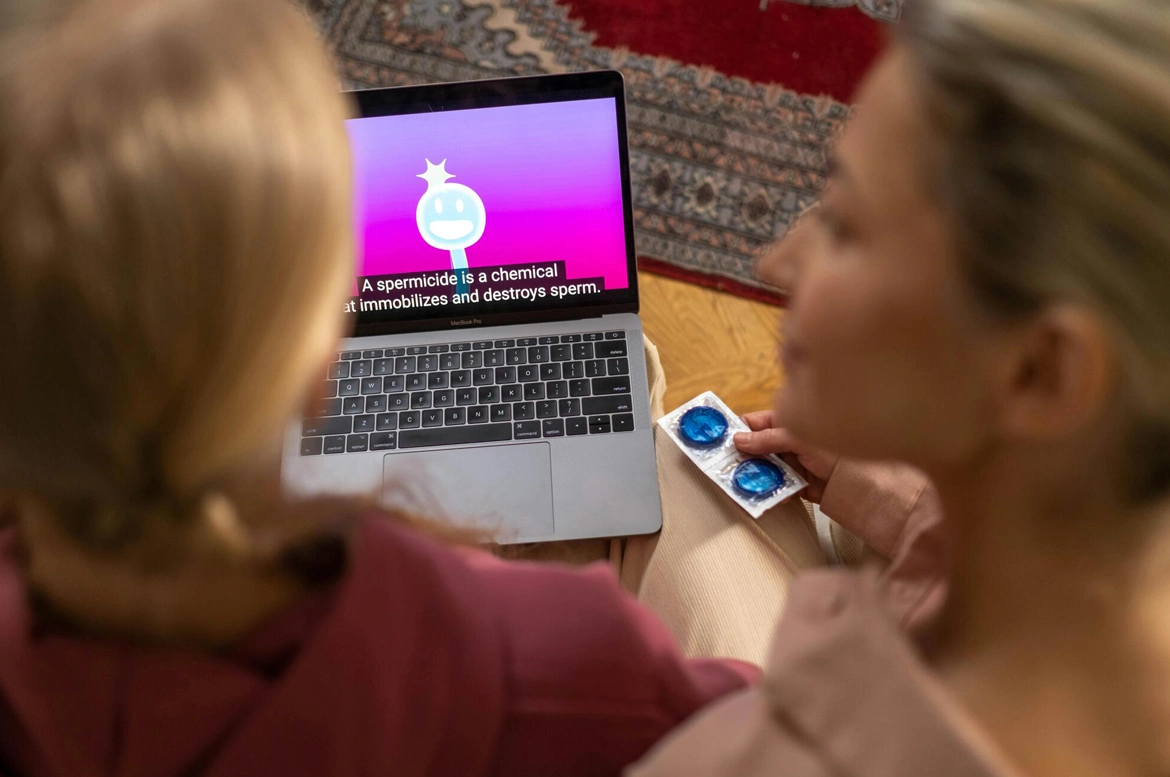Have you ever thought much about the subtitles you see on your screen? Did you know that an estimated 25.4 million people in the U.S. 12 years and older are experiencing mild hearing loss? SDH subtitles, short for subtitles for the Deaf and Hard of Hearing, play an essential role in making content available to individuals with hearing difficulties.
In this guide, we’ll look into what are SDH subtitles, how they work, and their significance in aiding viewers facing hearing challenges. Keep reading for interesting facts about SDH captioning and how they are created to assist people worldwide.
What Are SDH Captions?
SDH subtitles are also often referred to as closed or SDH captions. They make video content available to a broader audience. This includes deaf or hard-of-hearing individuals. Unlike regular captions that mainly write down spoken words, SDH subtitles go the extra mile by adding extra details about things like keeping videos more accessible.
They help more people, including those who are deaf or hard of hearing, enjoy the content.
They can include additional non-verbal details on things such as:
- Background sounds
- Music descriptions
- Speaker identification
How Do SDH Subtitles Work?
A transcriber may be able to provide a basic transcript of spoken words. However, the specialized skills of an SDH subtitler are typically needed to meet the specific needs of viewers with hearing impairments. Content creators often use these technical services to ensure the quality and inclusivity of their video content.
Specialized SDH subtitlers are typically trained to:
Understand Accessibility Guidelines
Professionals in this field are familiar with accessibility standards and guidelines. This ensures that the subtitles meet the requirements for individuals with hearing impairment.
Use Timecoding Effectively
SDH subtitlers are skilled in accurately timecoding subtitles. When done correctly, they synchronize with the spoken words, contributing to an enjoyable, seamless viewing experience.
Consider Visual Elements
They take into account the visual elements of the content. This means they prioritize things like strategically placing subtitles to avoid obstructing important on-screen information or data.
Incorporate Speaker Identification
When multiple speakers are present in a scene, speaker identification is included. This helps to make it clear to the viewer who is speaking. This helps deaf and hard-of-hearing individuals fully understand the dialogue’s context.
Use of Color and Font Guidelines
Content creators consider font size, style, and color when creating subtitles to ensure accessibility and readability. This is particularly important for viewers with visual impairments or other accessibility needs.
Provide Descriptions for Non-Verbal Sounds
In the context of subtitles, including descriptions of non-verbal sounds or music is a common practice. These descriptive elements contribute to a fuller movie experience for individuals who may not have access to the auditory components of the content.
The Importance of SDH Subtitles
SDH subtitles significantly improve accessibility for deaf and hard-of-hearing viewers. They go beyond the basic translation of words and allow individuals with hearing difficulties to fully enjoy movies, TV shows, and online videos without missing essential audio information.
SDH subtitles are vital companions in the storytelling journey. They allow viewers to connect with the narrative and create an immersive and enjoyable viewing experience. SDH titles break down barriers, allowing everyone to fully engage and appreciate audiovisual content regardless of their hearing abilities.
SDH Subtitle Compliance
There are specific laws and regulations that address the availability of content for individuals with disabilities. This includes those with hearing impairments. Some notable legal considerations include:
- Americans with Disabilities Act (ADA)
- Section 508 of the Rehabilitation Act
- Web Content Accessibility Guidelines (WCAG):
- European Accessibility Act
- Broadcasting Standards
Many countries have broadcasting standards that deal with usability. Some standards clearly indicate the need for subtitles to make content available to individuals with hearing impairments.
It’s crucial for content creators to be aware of and comply with these laws. While the specifics may vary, the broader goal is to promote inclusivity and equal access to information and entertainment for individuals with disabilities.
Types of Subtitles
Understanding the various types of subtitles is crucial for content creators who want to reach diverse audiences, including the deaf and hard of hearing. There are different types of subtitles, and the main types include the following:
Traditional Captions
These subtitles, often referred to as standard or basic subtitles, specifically convey spoken words. They do not provide additional information about background sounds or music.
This straightforward approach makes them the primary form of subtitles. They are often used in various content types, including:
- Movies
- TV shows
- Online videos
Subtitles for the Deaf and Hard-of-Hearing (SDH)
As mentioned earlier, SDH subtitles or SDH captioning go beyond traditional captions. The difference is in the way that they offer a more detailed representation of non-verbal and audio elements. This ensures everyone watching can get the full effect of what they’re watching.
This additional element is what makes them so exceptionally well suited to cater to viewers with hearing difficulties.
Closed Captioning (CC)
Closed captions are subtitles that a viewer can decide to turn on or keep off. They include spoken words as well as relevant non-verbal sounds that again make content accessible to individuals with hearing impairments. This feature allows users to tailor and adjust their viewing experience.
Open Captions
In contrast, open captions are always visible and cannot be turned off. These subtitles are permanently embedded in the video.
They provide a way to make content accessible for viewers without relying on user settings. Open captions provide a straightforward and universal approach to inclusivity in video content.
What Are SDH Subtitles?
Now that you know what are SDH subtitles, you can appreciate what goes into creating them. Can you imagine how challenging it must be to interpret something you cannot hear? SDH subtitles not only offer words, they create a space for every viewer to get lost in the magic of storytelling.
These small additions to our screens can make a massive difference in the lives of deaf and hard-of-hearing individuals. For all your closed captioning, subtitling, and scripting services, partner with Talking Type Caption. We started small, walked the talk, and are proud of what we do, so contact us today!




